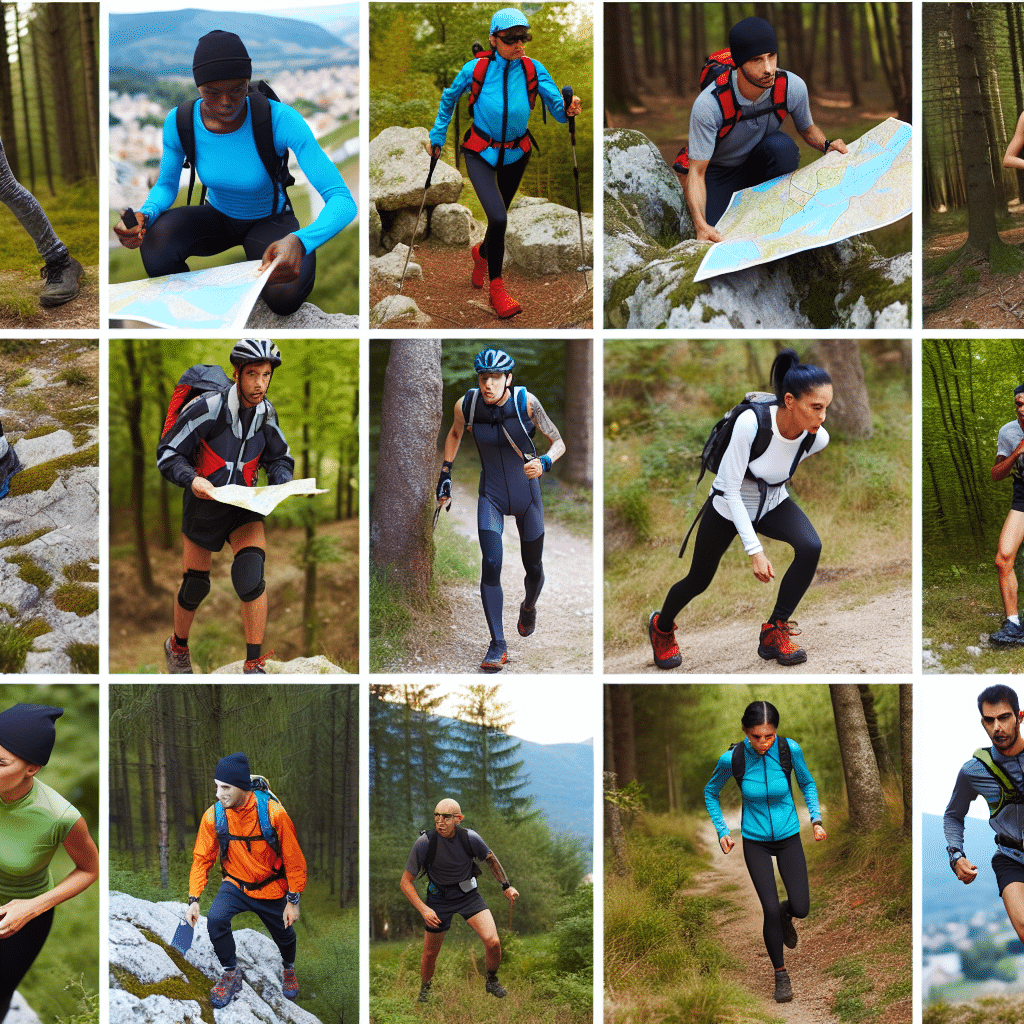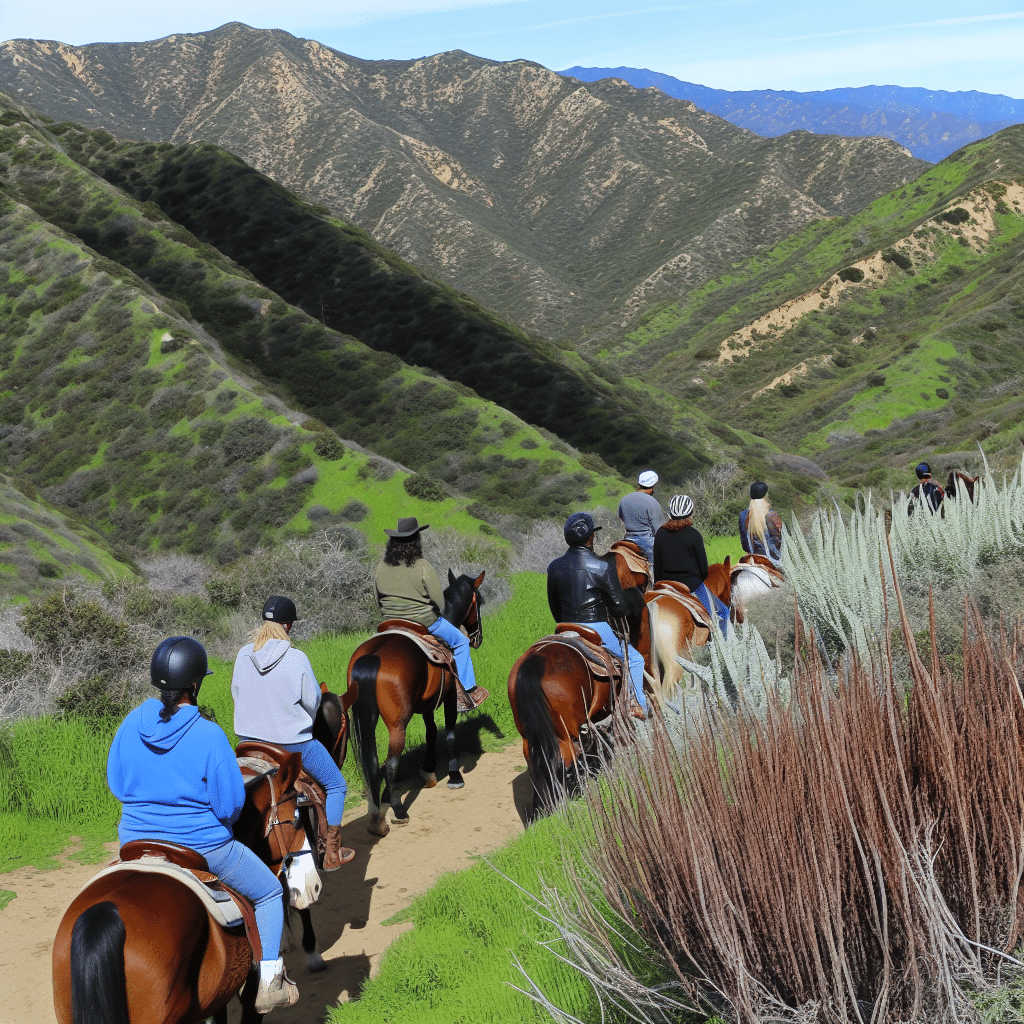Orienteering is not just a sport; it’s an adventure that combines the thrill of racing with the joy of exploration. Whether you’re aiming to compete or simply seeking a new outdoor hobby, learning how to orienteer will open up a world of navigational skills and physical challenges. This comprehensive guide will walk you through everything you need to know to get started in orienteering—from understanding the basic principles to mastering advanced techniques.
What is Orienteering and Why Should You Try It?
Originally developed in Sweden in the late 19th century, orienteering has evolved into a popular sport worldwide. The fundamental concept is simple: participants use a map and compass to navigate from point to point in diverse and unfamiliar terrains, all while racing against the clock.
Why try orienteering? It’s a great way to exercise both your body and mind, improve your problem-solving skills, and enjoy the great outdoors. Whether you’re running through dense forests, scaling rocky hills, or navigating through urban landscapes, the sense of accomplishment in finding each checkpoint is unparalleled.
Essential Gear: What Do You Need?
Before you dive into orienteering, you’ll need the right equipment. Here’s a list of essential gear:
Map
The orienteering map is a specialized topographic map that shows detailed information about the terrain, including natural and man-made features. Each checkpoint, or control point, you need to find will be marked on this map.
Compass
A reliable compass is your primary navigational tool. It helps you orient the map to the terrain and find the direction you need to move.
Suitable Clothing
Wear moisture-wicking and quick-drying clothing. Long sleeves and pants can protect you from scratches if you’re moving through dense underbrush.
Trail Running Shoes
Opt for lightweight, rugged shoes with good grip. They should be comfortable for long distances and provide support on uneven terrain.
How to Orienteer: A Step-by-Step Guide
Understand the Map
Begin by familiarizing yourself with the map. Orienteering maps are rich in details and may seem overwhelming at first. Key features include:
– **Contours**: These lines indicate elevation and the steepness of the terrain.
– **Symbols**: Different symbols represent various natural and man-made features like rocks, waterways, and buildings.
– **Scale**: It tells you the distance represented on the map relative to real-world distances.
Set the Map
Align your map with the terrain by matching the features on the map with those around you. Use your compass to ensure the map is oriented north.
Plan Your Route
Before you start moving, take some time to plan your route. Consider the distance, terrain, and natural obstacles. Sometimes the shortest route isn’t the most efficient.
Navigate to the First Control Point
Use your compass to find the direction of your first control point. Set the compass, and keep checking your map to make sure you’re on the right path. Use “handrails” (linear features like paths, rivers, or fences) and “catching features” (distinct features that signal you’ve gone too far) to guide you.
Check In at the Control Point
When you reach a control point, you’ll find a marker and often an electronic punching system to register your visit. Confirm the control code matches the one on your map to ensure you’re at the right spot.
Move to the Next Point
Repeat the process: set your compass, plan your route, navigate, and check in at each control point. Stay focused, as it’s easy to get disoriented, especially in challenging terrain.
Common Mistakes and How to Avoid Them
Poor Map Management
Always keep your map in a map case to protect it from the elements. Make sure it’s easily accessible and frequently referenced.
Relying Too Much on the Compass
While the compass is crucial, over-reliance can lead to mistakes. Use it in conjunction with the map and the terrain features.
Underestimating Terrain
Just because the map shows a straight line doesn’t mean it’s the best route. Assess the terrain and choose paths that balance directness with ease of travel.
Advanced Techniques for Experienced Orienteers
Once you’ve mastered the basics, you can begin incorporating advanced techniques into your skill set.
Relocation
If you find yourself lost, don’t panic. Stop, assess your surroundings, and try to identify a known feature on your map to regain your bearings.
Attack Points
Use large, easily recognizable features near control points as “attack points” to help you navigate more precisely.
Aiming Off
Intentionally aim slightly to one side of a linear feature (like a trail or river) so you know which direction to turn when you hit it.
Final Thoughts: Why Orienteering is a Skill for Life
Learning how to orienteer offers more than just an exciting pastime—it equips you with valuable life skills. From critical thinking and decision-making to physical fitness and resilience, the benefits extend far beyond the racecourse.
Orienteering is an inclusive sport that can be enjoyed by people of all ages and fitness levels. It’s also a fantastic way to explore new places and connect with nature. So grab your map and compass, and embark on your own orienteering adventure today!




